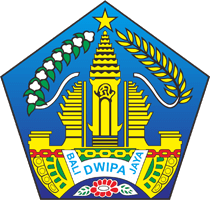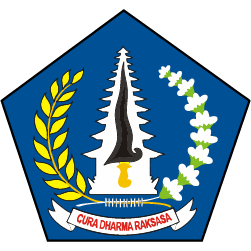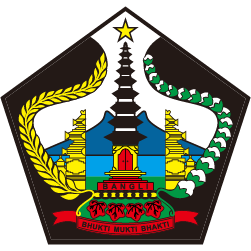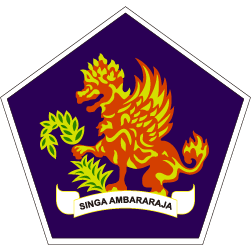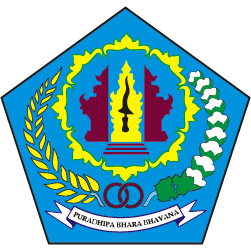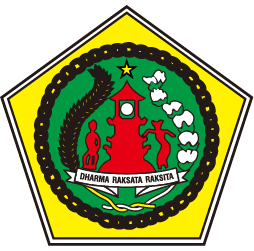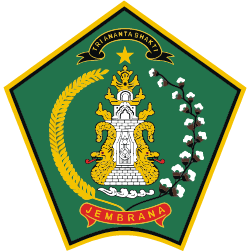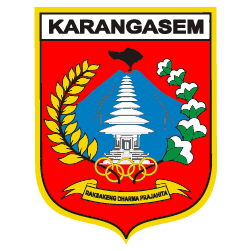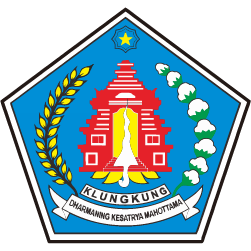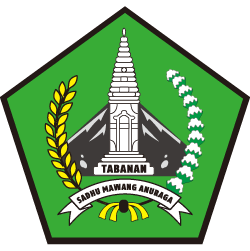Drama Gong, Balinese Traditional Performance In A Modern Storytelling Style
Drama Gong, Balinese Traditional Performance In A Modern Storytelling Style.
The work of art always has a special place in people’s hearts. Art has various forms that contain a symbolic meaning with various functions. In Bali, art is categorized based on its function, namely wali, bebali, and balih-balihan.
The first category is called wali which has a function as a sacred performance. This sacred performance is played during religious holy days and is held in a sacred place. Second, bebali is performed during traditional rituals such as potong gigi (cut teeth ritual), nelu bulanin, and so on. While in the last category, there’s an art form exhibition called Drama Gong, which is included in the balih-balihan art for entertainment.
Uniquely, Drama Gong is a combination of thick modern drama with Balinese tradition accents. Modern drama often has modern stage rules. It’s performed in a proscenium stage (a structure in front of the stage that frames the action of the play) with a complete stage set which depicts the setting of place, time, and atmosphere.
While the music, costumes, and stage arrangements are reflecting the Balinese traditions. Yep, music has a big role in this performance. It could build a dramatic scene. It’s called Drama Gong because every scene is accompanied by gamelan gong kebyar. So, it is called Drama Gong which was once very popular in the 1970s.
Drama Gong has been performed since 1956 by I Gusti Bagus Nyoman Panji. Meanwhile, Drama Gong Wijayakusuma's group became the star in that era. This group was founded in 1966 in Abianbase, Gianyar. It was founded by Anak Agung Gede Raka Payadnya, and it still steals the hearts of the audience until today.
This entertainment community has a funny style. By using Balinese, the Drama Gong performance also helps preserve the local culture. Through this performance too, they deliver the messages of kindness. They use a simple conversation and everyday language, to make it easier for the audience to understand the message.
The theme of the story is usually based on local folklore. For example, the legend of Layon Sari and Jaya Prana, Panji Malat, and so on. While the story and legend of the world, like Sampek Engtai, has been adapted to local cultural values so that it can be well received.
Drama Gong is played in groups. Each group member has their respective roles. Besides the characters in the story, there are also members who act as stage organizers, lighting, and costumes. Well, in Indonesia, there are various forms of performance with modern styles with traditional accents. Like Ludruk in East Java and Ketoprak in Central Java.
The Balinese can still enjoy Drama Gong throughout the year, like in the Bali Arts Week event. At the arts and cultural event, Drama Gong is usually held as a competition participated by various groups. If you have an opportunity to watch the show, you’ll be carried away by the music. At the opening stage act (or also known as a prologue), the narrator will read a synopsis of the story, followed by the percussion.





